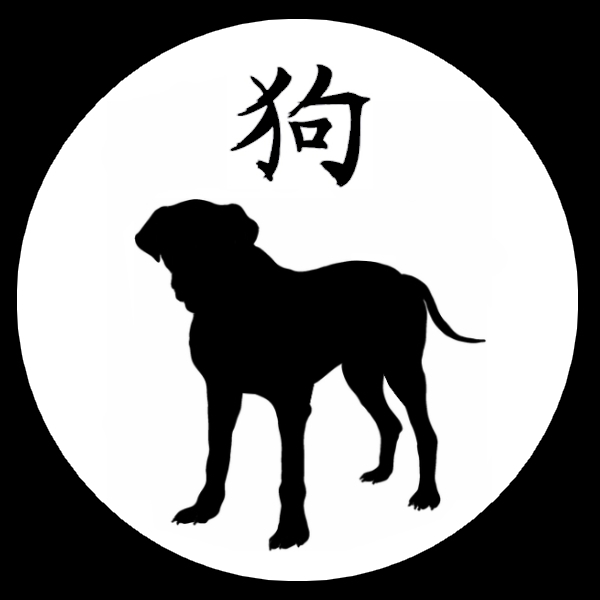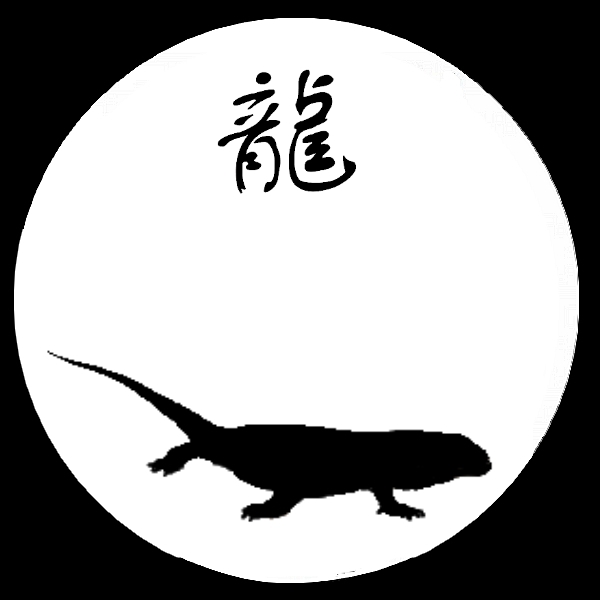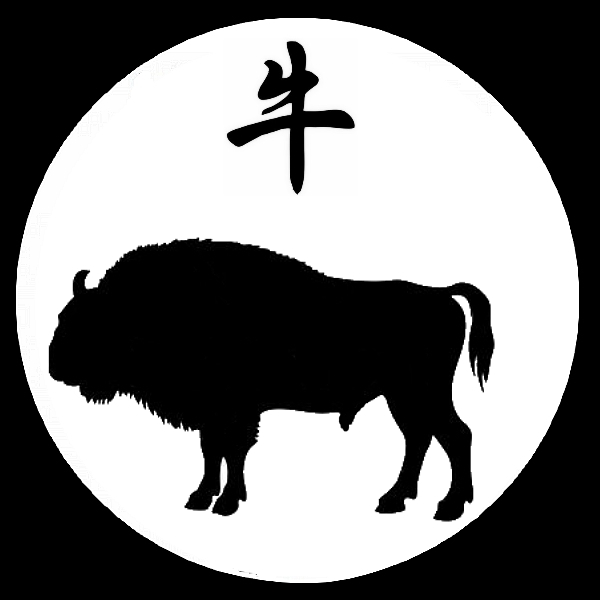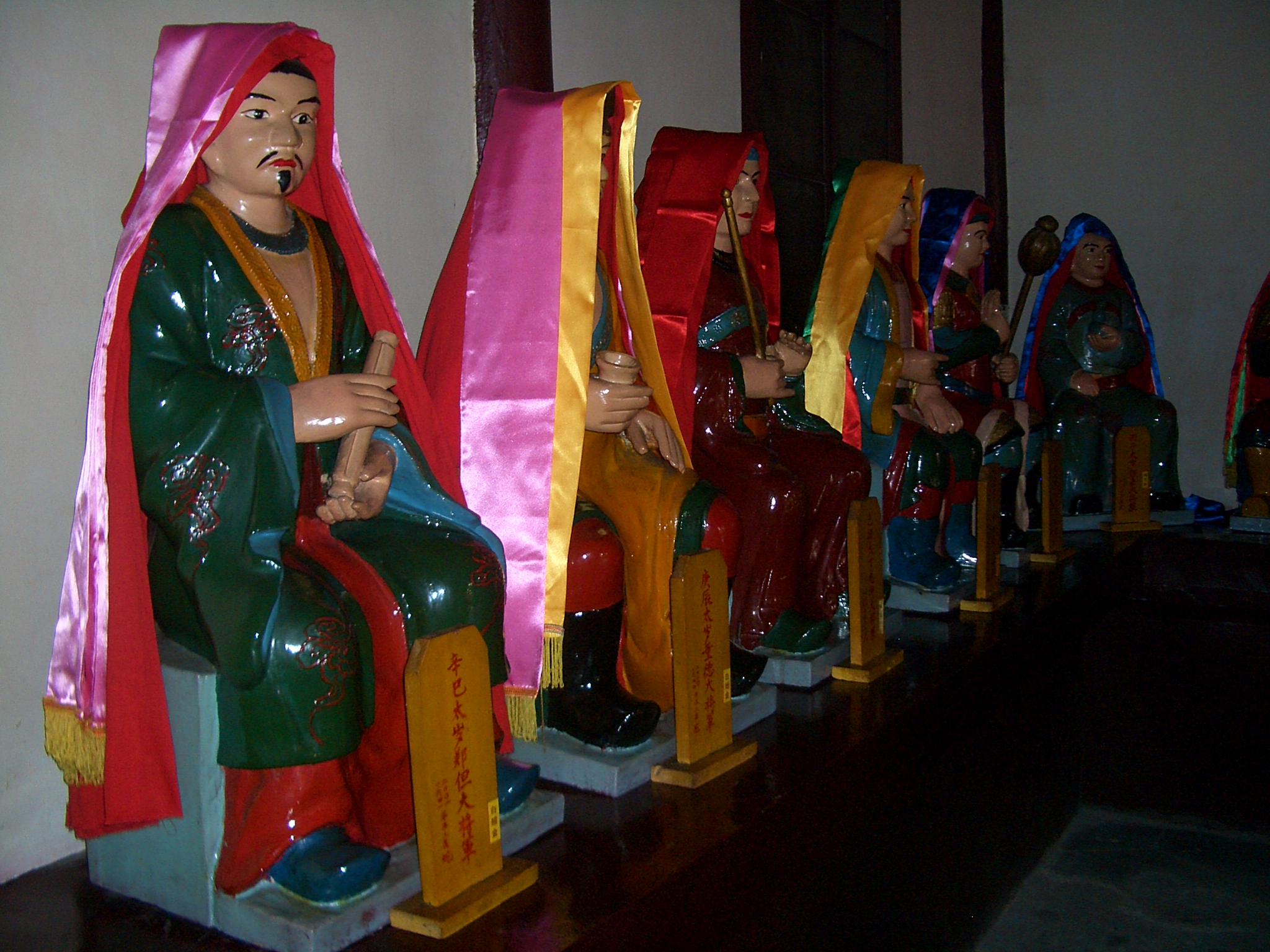|
Earth (Wu Xing)
In Chinese philosophy, earth or soil (), is the changing point of the matter. Earth is the third element in the Wu Xing cycle. Earth is a balance of both yin and yang, the feminine and masculine together. Its motion is centering, and its energy is stabilizing and conserving. It is associated with the colour yellow/ ochre and the planet Saturn, and it lies at the centre of the compass in the Chinese cosmos. It is associated with the turn of each of the four seasons and with damp weather. In Traditional Chinese Medicine, earth governs the Yin, Zang organ the Spleen, and the Yang, Fu organ Stomach, mouth and muscles. Its Primal Spirit is the Yi, and is represented by the Yellow Dragon. Color Yellow, Golden (Sun) Attributes The Wu Xing ''Earth'' is associated with the qualities of patience, thoughtfulness, practicality, hard work, and stability. The earth element is also nurturing and seeks to draw all things together with itself, in order to bring harmony, rootedness and stabili ... [...More Info...] [...Related Items...] OR: [Wikipedia] [Google] [Baidu] |
Chinese Philosophy
Chinese philosophy originates in the Spring and Autumn period () and Warring States period (), during a period known as the "Hundred Schools of Thought", which was characterized by significant intellectual and cultural developments. Although much of Chinese philosophy begun in the Warring States period, elements of Chinese philosophy have existed for several thousand years. Some can be found in the ''I Ching'' (the ''Book of Changes''), an ancient compendium of divination, which dates back to at least 672 BCE. It was during the Warring States era that what Sima Tan termed the major philosophical schools of China—Confucianism, Legalism (Chinese philosophy), Legalism, and Taoism—arose, along with philosophies that later fell into obscurity, like Agriculturalism, Mohism, School of Naturalists, Chinese Naturalism, and the School of Names, Logicians. Even in modern society, Confucianism is still the creed of etiquette for Chinese society. Chinese philosophy as a ph ... [...More Info...] [...Related Items...] OR: [Wikipedia] [Google] [Baidu] |
Earthly Branches
The twelve Earthly Branches or Terrestrial Branches are a Chinese ordering system used throughout East Asia in various contexts, including its ancient dating system, astrological traditions, zodiac and ordinals. Origin This system was built from observations of the orbit of Jupiter. Chinese astronomers divided the celestial circle into 12 sections to follow the orbit of ''Suìxīng'' (Jupiter, the Year Star). Astronomers rounded the orbit of Suixing to 12 years (from 11.86). Suixing was associated with ''Shètí'' (η Boötis) and sometimes called Sheti. Jonathan Smith has proposed that the first meanings of the earthly branches, predating the Shang dynasty, were phases of the moon, with the heavenly stems at that point referring to divisions of the ecliptic. After being adopted as a calendar these would have lost their clear lunar reference, permitting their repurposing for Jupiter stations. History In correlative thinking, the 12 years of the Jupiter cycle also identif ... [...More Info...] [...Related Items...] OR: [Wikipedia] [Google] [Baidu] |
Dog (zodiac)
The Dog ( 狗) is eleventh of the 12-year cycle of animals which appear in the Chinese zodiac related to the Chinese calendar. The Year of the Dog is associated with the Earthly Branch symbol 戌. The character 狗, also refers to the actual animal while 戌, also refers to the zodiac animal. Years and the Five Elements People born within these date ranges can be said to have been born in the "Year of the Dog", while also bearing the following elemental sign: Basic astrology elements 2018 In the sexagenary cycle, 2018 (16 February 2018–4 February 2019, and every 60-year multiple before and after), is the Celestial stem/Earthly Branch year indicated by the characters 戊戌. For the 2018 Year of the Dog, many countries and regions issued lunar new year stamps. These included countries where the holiday is traditionally observed as well as countries in the Americas, Africa, Europe and Oceania. The U.S.-China Institute at USC created a web collection of more than 10 ... [...More Info...] [...Related Items...] OR: [Wikipedia] [Google] [Baidu] |
Goat (zodiac)
The Goat (, sometimes also translated Sheep or Ram) is the eighth of the 12-year cycle of animals which appear in the Chinese zodiac related to the Chinese calendar. This zodiacal sign is oftenWen Huang"Year of the Sheep, Goat or Ram?"''Chicago Tribune,'' January 31, 2003. Retrieved 8 February 2015. referred to as the "Ram" or "Sheep" sign, since the Chinese word ''yáng'' is more accurately translated as Caprinae, a taxonomic subfamily that includes both goats and sheep, but contrasts with other animal subfamily types such as Bovinae, Antilopinae, and other taxonomic considerations which may be encountered in the case of the larger family of Bovidae in Chinese mythology, which also includes the Ox (zodiac). The Year of the Goat is associated with the 8th Earthly Branch symbol, 未 (''wèi''). Goat or Sheep The Chinese word ''yáng'' refers to both goats and sheep, whereas the terms ''shānyáng'' () and ''miányáng'' () refer exclusively to goats and sheep, respectively. [...More Info...] [...Related Items...] OR: [Wikipedia] [Google] [Baidu] |
Dragon (zodiac)
The Dragon, also known as Loong, () is the fifth of the 12-year cycle of animals which appear in the Chinese zodiac related to the Chinese calendar. The Year of the Dragon is associated with the Earthly Branch symbol 辰, pronounced ''chen''. It has been proposed by one academic researcher that the Earthly Branch character may have been associated with scorpions; it may have symbolized the star Antares. In the Buddhist calendar used in Thailand, Cambodia, Laos, Myanmar, and Sri Lanka, the Dragon is replaced by the nāga. In the Gurung zodiac, the Dragon is replaced by the eagle. In Old Turkic calendar it is replaced by the fish or crocodile. Early Persian translations of the medieval period change to dragon to a sea serpent although in current times is generally refer to as whale. During the Cultural Revolution, giant panda was situated in the place of the dragon although this didn't last long. Years and the Five Elements People born within these date ranges can be said to ha ... [...More Info...] [...Related Items...] OR: [Wikipedia] [Google] [Baidu] |
Ox (zodiac)
The Ox ( 牛) is the second of the 12-year periodic sequence (cycle) of animals which appear in the Chinese zodiac related to the Chinese calendar, and also appears in related calendar systems. The Chinese term translated here as '' ox'' is in Chinese ''niú '' ( 牛), a word generally referring to cows, bulls, or neutered types of the bovine family, such as common cattle or water buffalo. The zodiacal ox may be construed as male, female, neutered, hermaphroditic, and either singular or plural. The Year of the Ox is also denoted by the Earthly Branch symbol ''chǒu'' ( 丑). The term "zodiac" ultimately derives from an Ancient Greek term referring to a "circle of little animals". There are also a yearly month of the ox and a daily hour of the ox ( Chinese double hour, 1:00 a.m. to 3:00 a.m.). Years of the oxen (cows) are cyclically differentiated by correlation to the Heavenly Stems cycle, resulting in a repeating cycle of five years of the ox/cow (over a sixty-year ... [...More Info...] [...Related Items...] OR: [Wikipedia] [Google] [Baidu] |
I Ching
The ''I Ching'' or ''Yi Jing'' (, ), usually translated ''Book of Changes'' or ''Classic of Changes'', is an ancient Chinese divination text that is among the oldest of the Chinese classics. Originally a divination manual in the Western Zhou period (1000750), the ''I Ching'' was transformed over the course of the Warring States and early imperial periods (500200) into a cosmological text with a series of philosophical commentaries known as the "Ten Wings". After becoming part of the Five Classics in the 2nd century BC, the ''I Ching'' was the subject of scholarly commentary and the basis for divination practice for centuries across the Far East, and eventually took on an influential role in Western understanding of East Asian philosophical thought. As a divination text, the ''I Ching'' is used for a traditional Chinese form of cleromancy known as ''I Ching'' divination, in which bundles of yarrow stalks are manipulated to produce sets of six apparently random numbers rang ... [...More Info...] [...Related Items...] OR: [Wikipedia] [Google] [Baidu] |
Metal (wuxing)
In Chinese philosophy, metal or gold (), the fourth phase of Wu Xing, is the decline of the matter, or the matter's decline stage. In Traditional Chinese Medicine Metal is yin in character, its motion is inwards and its energy is contracting. It is associated with the west, autumn, it governs the Yin, Zang organ the Lung and the Yang, Fu organ colon, nose and skin, old age, the planet Venus, the color white, dry weather, and the White Tiger (Bai Hu) in Four Symbols. The archetypal metals are silver or gold. Attributes In Chinese Taoist thought, ''Metal'' attributes are considered to be firmness, rigidity, persistence, strength, and determination. The metal person is controlling, ambitious, forceful, and set in their ways as metal is very strong. They are self-reliant and prefer to handle their problems alone. The metal person is also wise, business-oriented, and good at organization and stability. However, the metal person can also appreciate luxury and enjoy the good things in ... [...More Info...] [...Related Items...] OR: [Wikipedia] [Google] [Baidu] |
Planets In Astrology
In astrology, planets have a meaning different from the astronomical understanding of what a planet is. Before the age of telescopes, the night sky was thought to consist of two very similar components: fixed stars, which remained motionless in relation to each other, and moving objects/" wandering stars" ( grc, ἀστέρες πλανῆται, asteres planetai), which moved relative to the fixed stars over the course of the year(s). To the Ancient Greeks who learned from the Babylonians - the earliest astronomers/astrologers - this group consisted of the five planets visible to the naked eye and excluded Earth, plus the Sun and Moon. Although the Greek term ''planet'' applied mostly to the five 'wandering stars', the Ancients included the Sun and Moon as the ''Sacred 7 Luminaires/7 Heavens'' (sometimes referred to as "Lights",) making a total of 7 planets. The ancient Babylonians, Greeks, Persians, Romans and others thought of the 7 Classical Planets as gods and named their 7 ... [...More Info...] [...Related Items...] OR: [Wikipedia] [Google] [Baidu] |
Sexagenary Cycle
The sexagenary cycle, also known as the Stems-and-Branches or ganzhi ( zh, 干支, gānzhī), is a cycle of sixty terms, each corresponding to one year, thus a total of sixty years for one cycle, historically used for recording time in China and the rest of the East Asian cultural sphere. It appears as a means of recording days in the first Chinese written texts, the Shang dynasty, Shang oracle bones of the late second millennium BC. Its use to record years began around the middle of the 3rd century BC. The cycle and its variations have been an important part of the traditional calendrical systems in Chinese-influenced Asian states and territories, particularly those of Japanese calendar, Japan, Korean calendar, Korea, and Vietnamese calendar, Vietnam, with the old Chinese system still in use in Taiwanese calendar, Taiwan, and to a lesser extent, in Mainland China. This traditional method of numbering days and years no longer has any significant role in modern Chinese time-keeping ... [...More Info...] [...Related Items...] OR: [Wikipedia] [Google] [Baidu] |
Zodiac
The zodiac is a belt-shaped region of the sky that extends approximately 8° north or south (as measured in celestial latitude) of the ecliptic, the Sun path, apparent path of the Sun across the celestial sphere over the course of the year. The paths of the Moon and visible planets are within the belt of the zodiac. In Western astrology, and formerly astronomy, the zodiac is divided into astrological sign, twelve signs, each occupying 30° of celestial longitude and roughly corresponding to the following star constellations: Aries (astrology), Aries, Taurus (astrology), Taurus, Gemini (astrology), Gemini, Cancer (astrology), Cancer, Leo (astrology), Leo, Virgo (astrology), Virgo, Libra (astrology), Libra, Scorpio (astrology), Scorpio, Sagittarius (astrology), Sagittarius, Capricorn (astrology), Capricorn, Aquarius (astrology), Aquarius, and Pisces (astrology), Pisces. These astrological signs form a celestial coordinate system, or more specifically an ecliptic coordinate sys ... [...More Info...] [...Related Items...] OR: [Wikipedia] [Google] [Baidu] |






